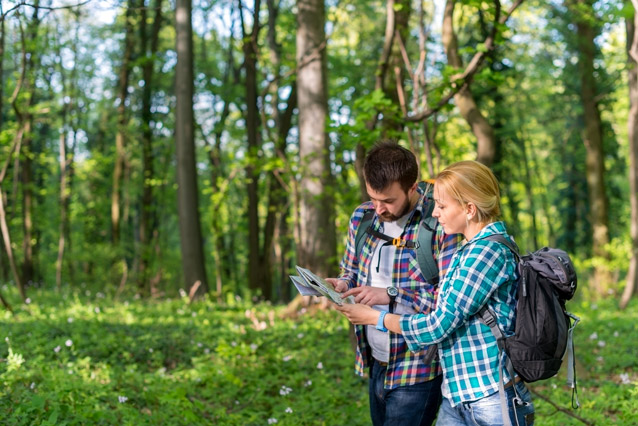



With global temperatures on the rise and California entering its fourth consecutive year of drought, backpackers and hikers need to be more careful than ever.
Water shortages and high temperatures will occur more frequently – and sooner than in previous years. However, don’t let the heat stop you from enjoying the season. Follow these five principles in order to stay safe and survive the summer.

This one is taken straight from the L.N.T. guidebook, and for a good reason. Research the terrain you are heading into, find out the water availability from your nearest ranger station and back flush your water filter before you hit the trail. Remember to always let someone know where you are going and when you should be coming out.

The hydration process begins 3 days before your outing. Make sure to drink 8 glasses of water per day before you hit the trail, and once on the trail carry 4 liters for daily consumption. When hiking in desert environments or areas without reliable water sources, carrying an extra liter of water may be enough to keep you alive.

According to the National Park Service, the average person sweats 1/2 to 1 quart of water for every hour walked in the heat. That number can exceed 2 quarts when hiking uphill or in direct sunlight. If you’re hiking in an exposed area or gaining significant elevation, start the day early, take a long lunch in the hottest hours of the day (11-4) and hike until dusk.

All it takes is a fallen tree, a missing trail sign or a confusing junction to stumble off trail or onto the wrong path. Always pay attention to where you’re going, wait for your fellow hikers at unfamiliar junctions, retrace your steps if you doubt you are on the right trail and use your map to orient yourself. If you decide to venture off trail, make note of landmarks and recheck your map and compass to be sure you are where you should be.

If something does go wrong, a key component of survival is to keep calm. Assess the situation and look for a way out. Small mistakes pile on top of each other, eventually compounding into a big one. Sometimes, the easiest thing to do is to pull out the map, sit down for snack and think about the best course of action. The National Park Service recommends that if you are injured or lost, the best thing to do may be to stay put. Just so long as you have reported where you are going and when you will return, staying put will help search and rescue find you faster.
Even the most skilled outdoorsmen and women run into trouble. These five principles should get you thinking about safety, but remember: there is no foolproof way to travel in the backcountry. Through careful planning, proper hydration and smart hiking, you’ll give yourself the best chance for a safe and successful trip.